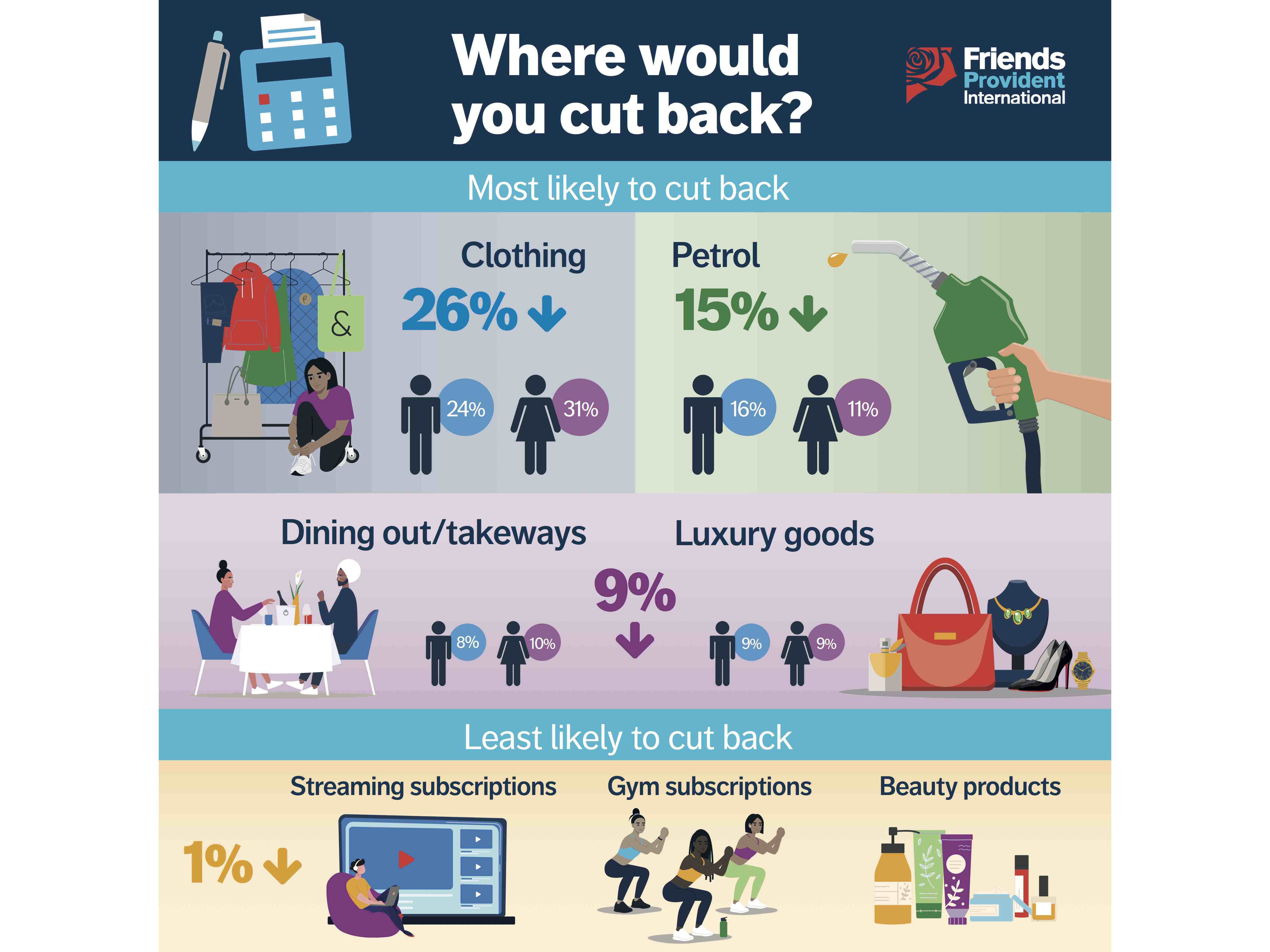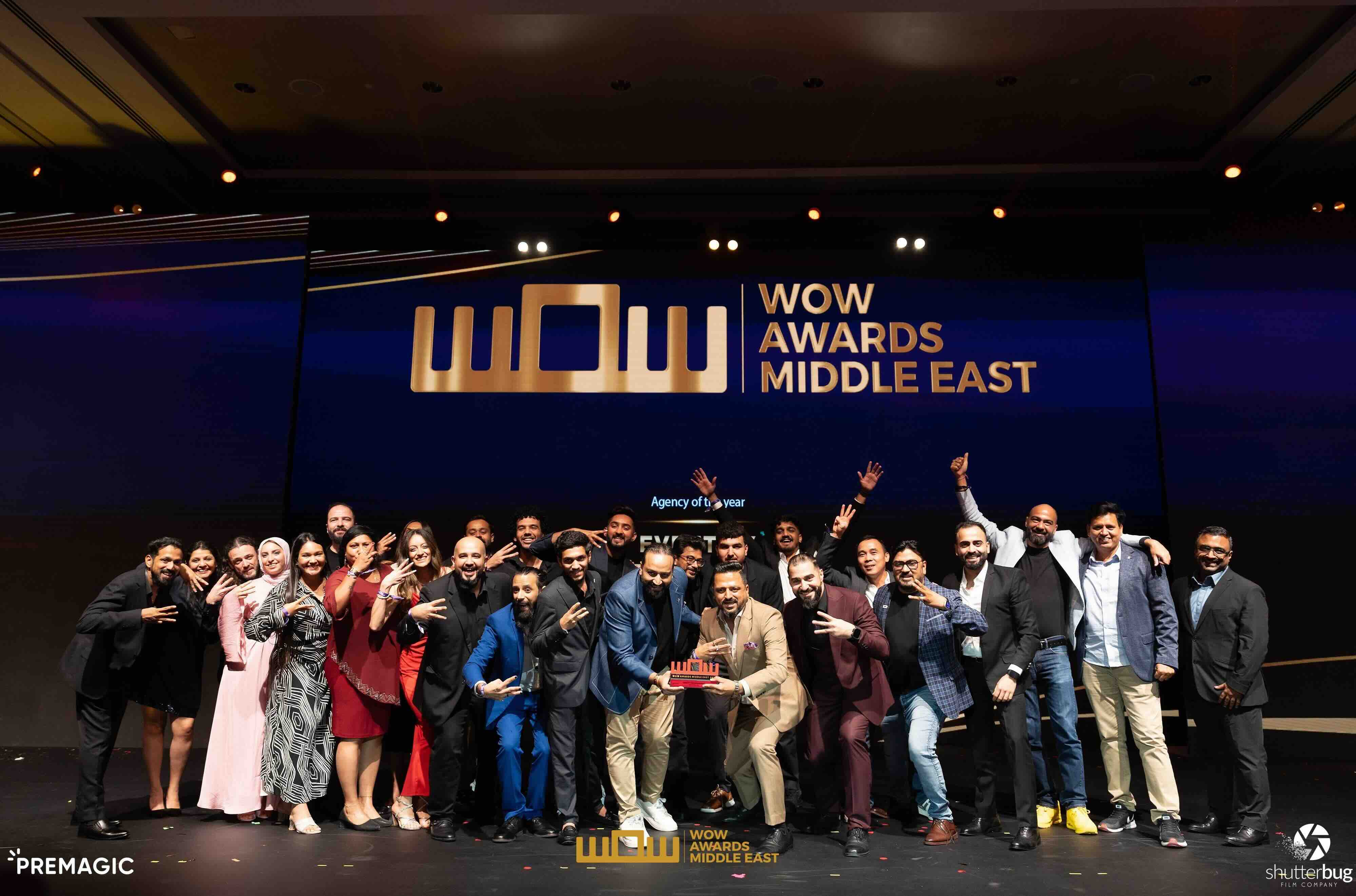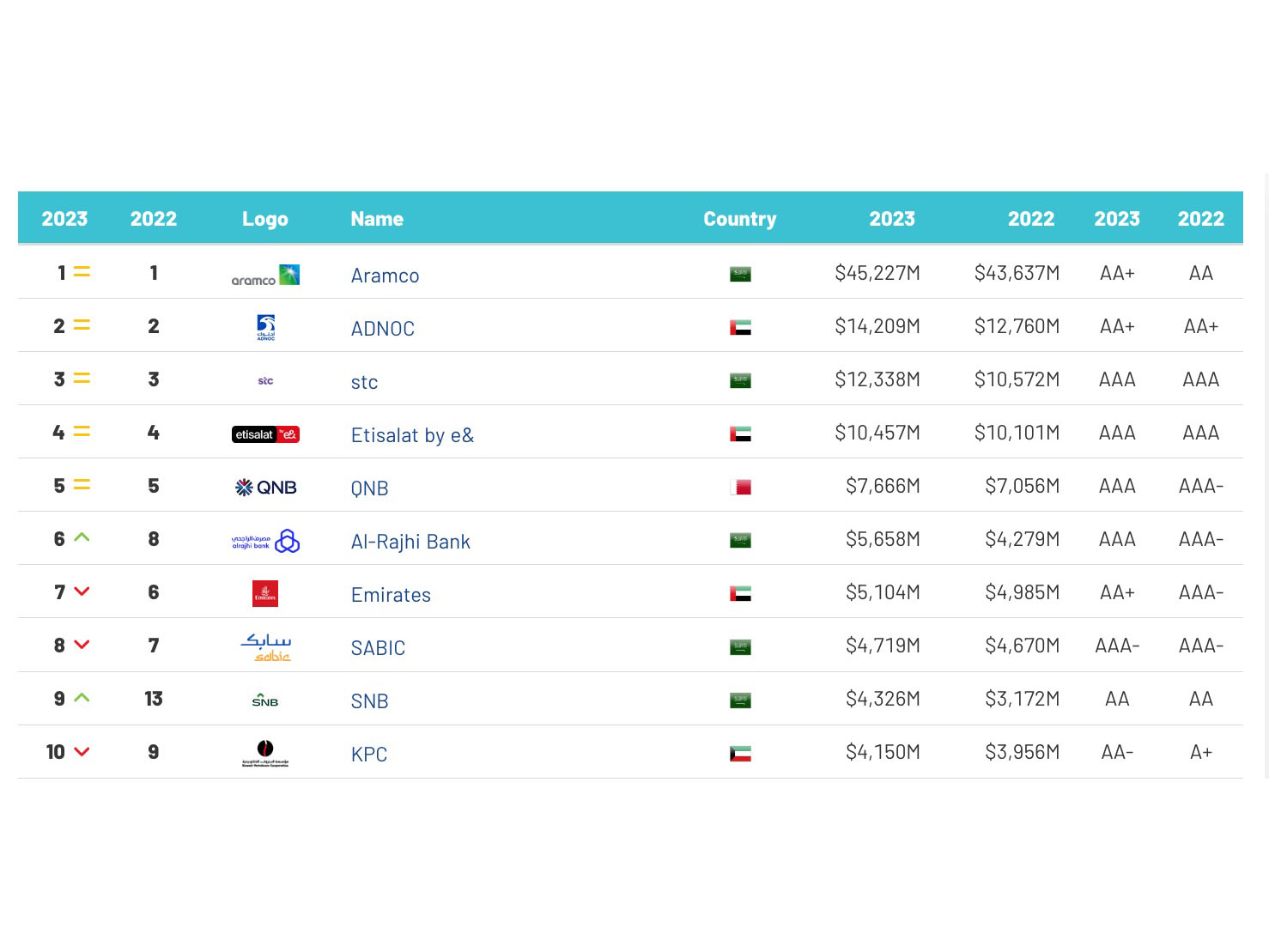News - News In Brief
Research from Deliverect identify consumers' habits when it comes to restaurant offerings
October 14, 2022
.jpg) Advertisement
Advertisement
Deliverect, a global scale-up that simplifies digital orders for more than 27,000 locations across 40 markets, has announced new global research, which revealed that more people are purchasing takeaway or delivery orders today than they were before the recent increase in cost of living.
The survey, which was commissioned by Deliverect and conducted by Censuswide, found that 57.34% of consumers are now purchasing three or more takeaways in a week now, in comparison to 49% prior to the inflation increase.
7,000 global consumers were surveyed to identify preferences and changing habits when it comes to restaurant offerings.
The research reveals that while people are putting more thought behind how they spend their money, they are more likely to cut back on other activities such as buying clothing (44%), going out for drinks and dinner (47%) and traveling (43%) more.
“Undoubtedly people are becoming more conscious of where they’re spending as we witness a rise in inflation and cost of living globally,” said Zhong Xu, CEO and Co-founder of Deliverect. “The research findings may be surprising to some, but evidently people are continuing to prioritize and enjoy the convenience of takeaway and food delivery - yet their expectations continue to rise. Quality, consistency, and speed will help restaurants stand out from the crowd. Technology is here to help the food service community manage everything that goes into digital orders to come out more profitable and operationally savvy than before.”
Quality Above All Else
As people watch their spending, they are putting great taste and ingredients at the forefront of their ordering decisions. Over two thirds (69%) of people say the taste of food is more important when watching their spending, as is the quality of restaurant ingredients (67%). People are also looking for social proof before selecting where to eat, with nearly 3 in 5 (59%) saying restaurant ratings/customer reviews are now more important than ever. Overall, the top reason customers would order from a restaurant again is because of its good quality of food (52%). Consumers are also looking for a variety of great menu choices, with people selecting a restaurant for delivery or takeaway if it has a variety of menu offerings (27%).
Fast, Seamless Delivery Influencing Choice
Another important element for customers is quick, streamlined deliveries. Fast delivery is likely to encourage people to order from a restaurant again (41%), as is food arriving at the proper temperature (31%). Thirty-two percent of customers are also likely to choose from one restaurant over another due to a quicker delivery time, and 25% of people will select a restaurant due to its proximity/convenient location. Thirty-eight percent of people also agree that 21-30 minutes is the maximum average time to wait for their order to arrive.
Multiple Delivery Options Driving Orders
Consumers trust delivery apps to deliver the best value and experience for their money today. Two-thirds (60%) of people in the UAE find ordering food from a restaurant via apps such as Deliveroo, Talabat, Careem, Zomato, the most reliable, compared to 27% of those who prefer ordering directly from the restaurant. Just over 10% of respondents said they only trusted picking up a takeaway directly from a restaurant.
Meanwhile, 44% of people in KSA find ordering directly from the restaurant the most reliable, with 30% preferring to order food from restaurants via apps such as Jahez and HungerStation, and almost 20% of those surveyed said picking up a takeaway directly from the restaurant was their preferred option.
“The rising prices of various raw materials along with a shift in consumer ordering patterns has affected the food industry in the MENA region drastically. Many companies have had to adapt to these difficult market conditions by focusing on delivering quality food to their customers at affordable prices, all whilst dealing with inflation,” said Mubarak Jaffar Co-Founder & CEO at KLC Virtual Restaurants.
This research marks the launch of Deliverect’s ongoing research series, ‘Food for Thought’. The series will continue examining consumer preferences and habits to identify opportunities and priorities for the restaurant industry to thrive.




.jpg)










